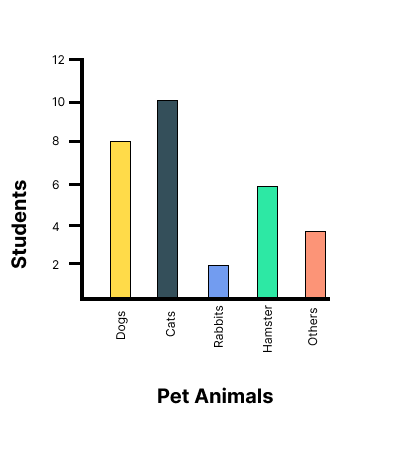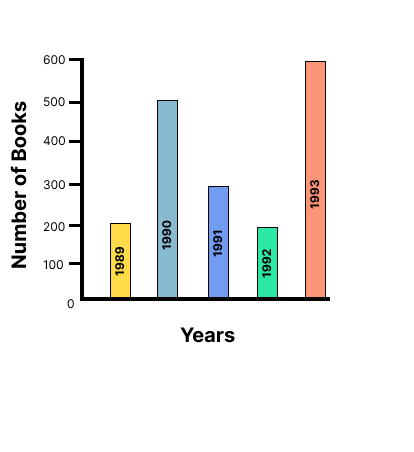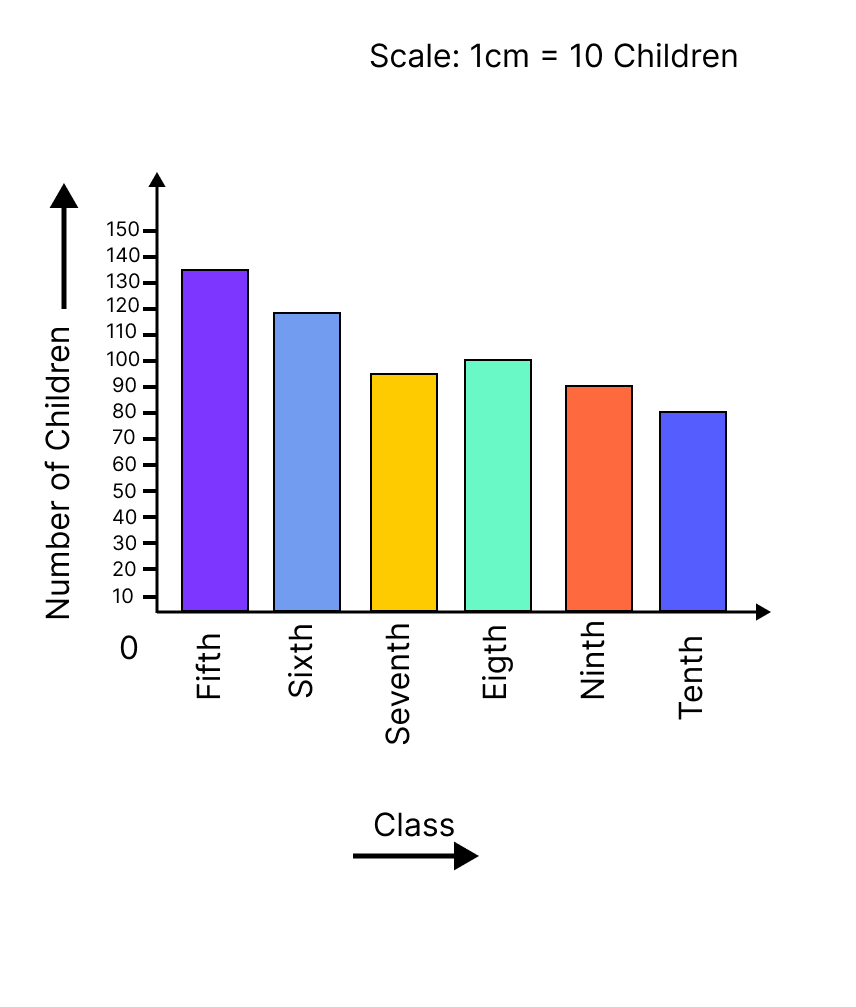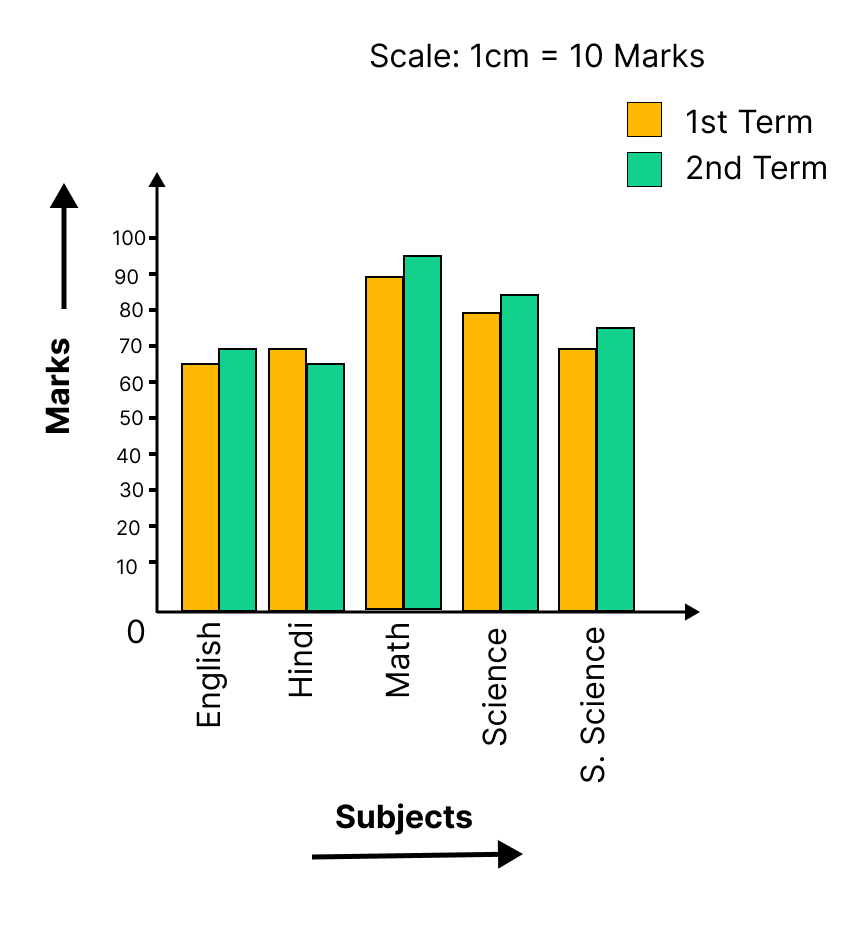NCERT Solutions for Class 7 Maths Chapter 3 (EX 3.3)
FAQs on NCERT Solutions for Class 7 Maths Chapter 3 Data Handling Ex 3.3
1. Where can I obtain NCERT Solutions for Class 7 Maths Chapter 3 Data Handling (EX 3.3) Exercise 3.3 standard objective questions?
Experts created these standard questions for NCERT Solutions for Class 7 Maths Chapter 3 Data Handling (EX 3.3) Exercise 3.3 in accordance with the CBSE syllabus (2024-25) and NCERT recommendations. Vedantu offers chapter-by-chapter multiple-choice questions to help all students learn the material fully and perform better on tests.
2. What do you mean when you say that Data is represented graphically?
A graph shows data in a categorized manner. It makes the data simple for us to understand. A collection of numerical figures gathered through research is called data. The gathered information is then organized, summarised, categorises, and finally represented graphically. This is the idea behind graphical data representation to get more information we can refer to the notes created by Vedantu’s experienced teachers which are designed to help students understand and retain the material they are studying. The notes are often interactive, with examples and practice problems included to help students apply what they have learned.
3. What are the different types of Graphs used in NCERT Solutions for Class 7 Maths Chapter 3 Data Handling (EX 3.3) Exercise 3.3 for data representation?
The different types of Graphs that can be used for data representation are:
Bar Graph
Column Chart
Line Graph
Dual Axis Chart
Area Chart
Stacked Bar Graph
Mekko Chart
Pie Chart
Graphs are a powerful tool for representing and visualizing data. Different types of graphs are used to represent different types of data and to convey different types of information and with the help of Vedantu provides students with a wide range of educational resources, including practice problems, video lessons, and interactive quizzes. These resources can be used to supplement classroom instruction and help students solidify their understanding of key concepts.
4. What is Ratio and it is important in NCERT Solutions for Class 7 Maths Chapter 3 Data Handling (EX 3.3) Exercise 3.3?
A ratio is a mathematical comparison of two or more values. It is usually expressed as a fraction or a decimal, and it represents the relationship between the values in terms of size or quantity. Ratios can be used to compare quantities of different units A ratio can also be used to compare parts of a whole. It's also important to know that when a ratio is equal to 1, it means that the two quantities are equal in value. So because of its various application, it is used very often in NCERT Solutions for Class 7 Maths Chapter 3 Data Handling (EX 3.3) Exercise 3.3
5. Define Double Bar-Graph.
A Double bar graph is a visual representation of data that uses two parallel bars of varying heights. The bars can be set up either horizontally or vertically. Two sets of data can be compared using a double-bar graph.
The axes in a double bar graph are two. A double bar graph's x-axis displays the comparison categories, and the y-axis shows the scale.
6. What topics are covered in class 7 maths chapter 3 exercise 3.3 solutions?
Exercise 3.3 focuses on data handling, specifically on interpreting data using bar graphs and pictographs.
7. How do you interpret data presented in bar graphs in class 7 maths exercise 3.3?
To interpret data in bar graphs, observe the height of the bars to understand the frequency or quantity represented for each category.
8. What is the purpose of using pictographs in class 7 maths ex 3.3?
Pictographs help in representing data visually using pictures or symbols to make it easier to understand and interpret.
9. Can you explain how to draw a bar graph for the data given in Exercise 3.3?
Sure, to draw a bar graph, first, label the categories on the horizontal axis and the corresponding frequencies or quantities on the vertical axis. Then, draw bars for each category with heights proportional to the data values.
10. How do you compare data using bar graphs and pictographs in Exercise 3.3?
In bar graphs, compare the heights of bars directly, while in pictographs, compare the number of pictures or symbols used to represent each category.
11. What are the common mistakes to avoid while interpreting data in class 7 exercise 3.3?
Common mistakes include misreading the scale, misinterpreting the data represented by each bar or picture, and overlooking key details in the graph or pictograph.
12. How can I improve my skills in data interpretation for class 7th maths exercise 3.3 solutions ?
Practice analyzing different types of data representations, pay attention to details, and verify your interpretations to ensure accuracy.























